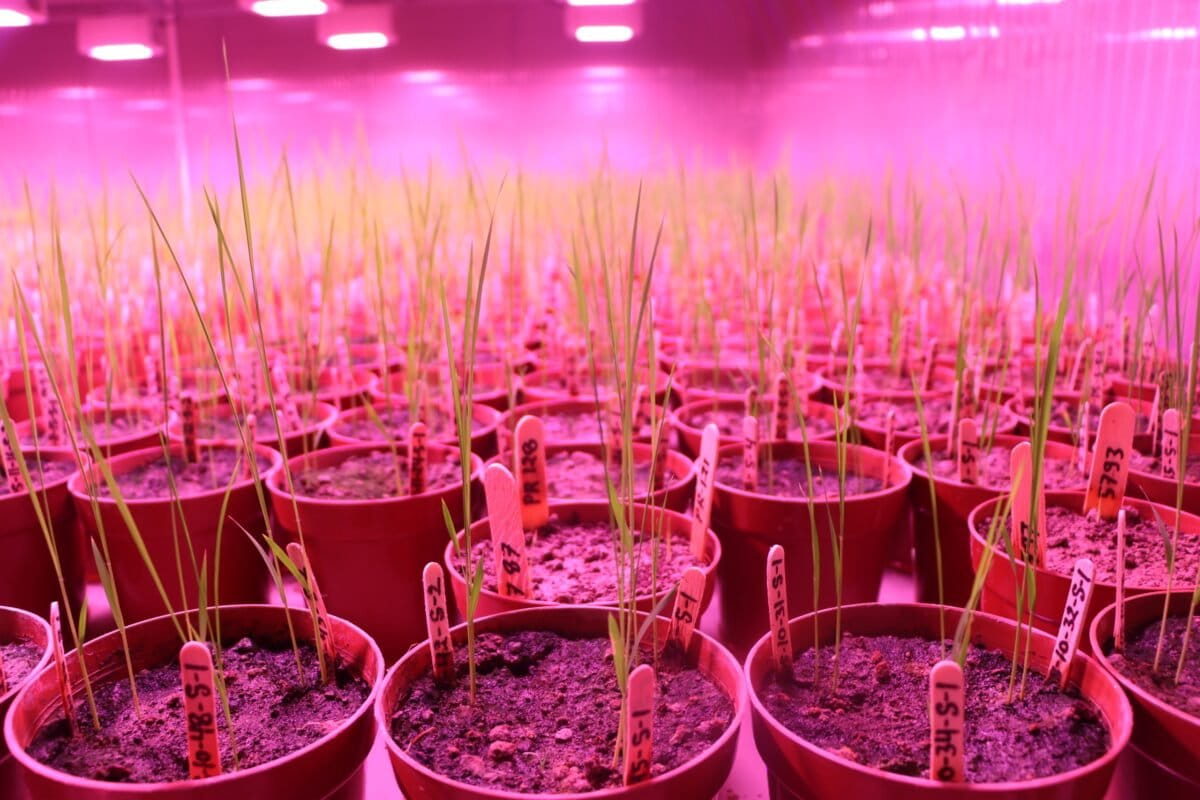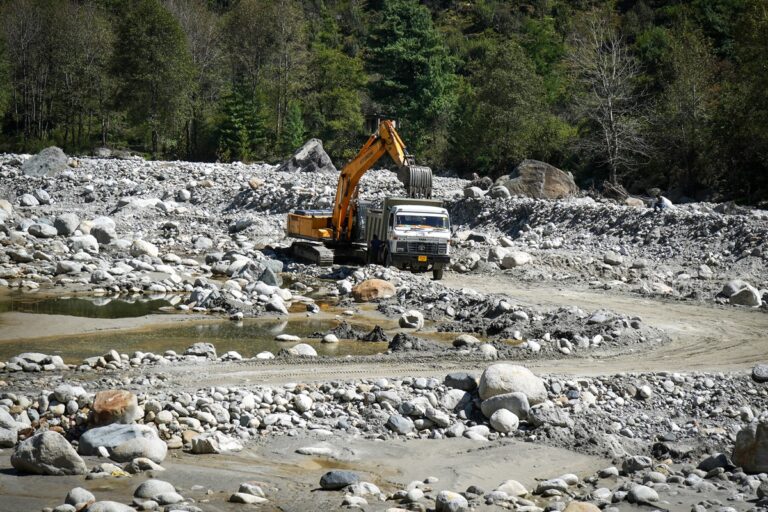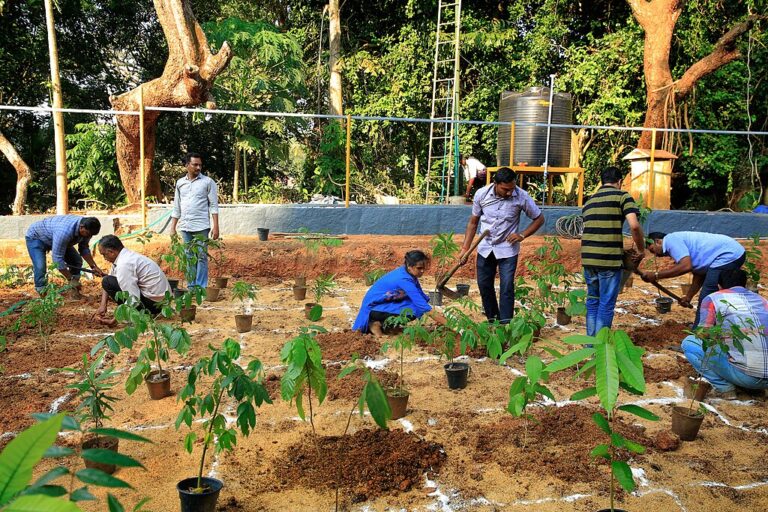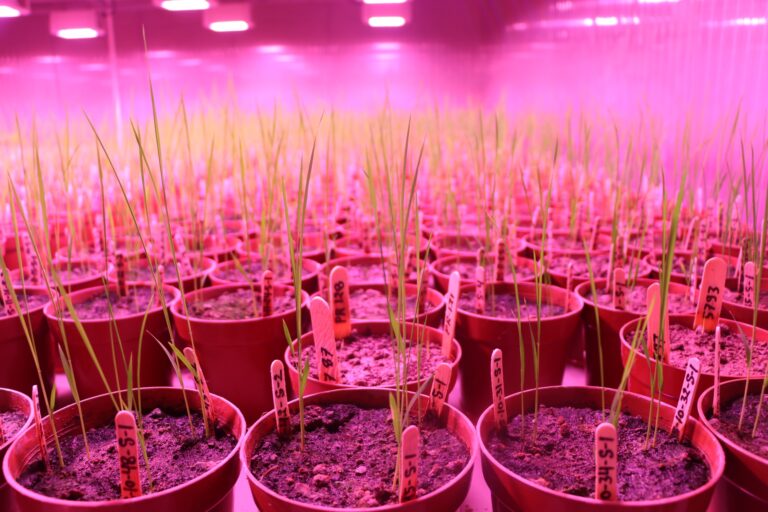- A study of street trees in Kochi, Kerala and Panjim, Goa reported low density of roadside trees and a decline in tree cover in recent years.
- Smaller urban centres, like Kochi and Panjim, around the world, hold 41% of the global urban population.
- Residents of both cities recognise urban trees for their aesthetic value, regulating services such as water supply and shade, and religious significance. Street trees were not often utilised for their provisioning services, such as food or medicine.
Walking through the streets of any Indian city this record-breaking summer, one may feel dizzy under the scorching heat. Turn into a street lined with trees, however, and there is instant relief. In fact, studies from many megacities across the world show that trees in heavily urbanised areas promote sustainable behaviour such as walking and cycling, in turn promoting improved mental and physical health.
Despite their role in influencing biophilic (greener) urban planning, such studies remain exclusive to megacities in the Global North. Globally, 41% of the urban population lives in smaller urban centres rather than megacities, according to a 2018 report by the United Nations titled World Urbanisation Prospects. While India has eight megacities, it has over 200 smaller urban centres, where little is known about perceptions of nature and ecosystem services.
A study published last month assessed the street tree communities in the rapidly changing cities of Kochi, Kerala, and Panjim, Goa, along with public perceptions of their services. They reported low density of street trees in both cities and a recent decline in tree cover.
Published in Journal of Urban Ecology, the study used field measurements to assess 931 street trees and interviewed 497 residents. The most commonly seen trees in both cities were usually a mix of ornamental avenue trees such as rain tree (Albizia saman) and copperpod tree (Peltophorum pterocarpum) and native coastal species such as coconut, Indian almond (Terminalia catappa) and Indian tulip tree (Thespesia populnea). This study analysed only trees alongside streets; parks and other green spaces were excluded.
The two cities were chosen as they were the hometowns of two of the study authors, who were curious about public perceptions in the two coastal cities, which hold rich natural and cultural heritage, and attract a host of tourists every year. As tourism grows in different ways in the two cities, the study emphasises “a strong need for prioritising biodiversity in urban planning.”

Residents’ knowledge on their neighbouring street trees
“We found that mean street tree density is low in both cities, and corresponds to perceptions of recent change in tree cover (−28% in Kochi, −11% in Panjim),” stated the study. This decline in tree cover was noted by residents who had been living for at least a decade in the cities. The interviews were led by research assistants in Sacred Heart College, Kochi and Goa University, Dona Paula.
“Panjim ranked higher than Kochi in roadside tree abundance and diversity. Many transects surveyed had no trees; 101 transects in Kochi and 20 in Panjim,” the study observed. Only 72 respondents in Panjim (39%) and 105 in Kochi (33%) had visited a park or a green space within a year or less. However, Nandini Velho, a wildlife biologist and independent researcher who is a co-author of the study, feels that this figure can’t be taken at face value.
“This study is just the first in a long journey of understanding perceptions in smaller urban centres. We need to go beyond trees to other public natural spaces, like gardens and beaches.” Velho was one of the campaigners of Amche Mollem, a robust citizen movement that protested against potentially destructive connectivity projects proposed through Goa’s wildlife habitats.
Regarding loss of tree cover, 67 respondents in Kochi (21%) and 22 respondents in Panjim (12%) reported that trees were frequently cut down in their areas, with land clearance for buildings stated as the most likely reason.

Harini Nagendra, co-author of the study who leads Azim Premji University’s Centre for Climate Change and Sustainability; and faculty Seema Mundoli, have co-authored several books on urban ecology. One is Chasing Soppu, a guide to the wild edible plants of Bengaluru, of which small-scale harvesting is done across the city. “Smaller cities like Kochi and Panjim that are going to see a lot of rapid urbanisation in the coming years may still have a lot more green cover than Bengaluru,” Mundoli told Mongabay-India. “This is the time to perform a lot of field research to understand these spaces and how people interact with them. Studying the native flora and how it can be protected is top priority.”
Cultural and ecological perceptions of urban trees
Trees in metropolitan cities are a cost-effective solution to combat the effects of urban heat islands and mitigate floodwaters. It is estimated that urban trees could save up to $500 million annually in public health, storm water management and climate mitigation, according to a report published in Ecological Modelling journal.
Respondents of the study shared perceptions of three categories of ecosystem services – provisioning (food, medicine, firewood, timber, fodder and other parts of trees that are used); regulating (shade, water, farming) and cultural (aesthetic appeal, religious uses).

“On the outskirts of Kochi where I grew up, people commonly use natural products from their backyards or neighbourhood trees, but this is not the case in the city,” said Krishna Anujan, an independent researcher and lead author of the study. “Here, abstract views were more common than direct uses. People hold lots of nostalgic value in trees – we heard a lot of childhood stories of people climbing trees.” She added that stories of using trees for their produce usually came from respondents that had moved to Kochi for work from more rural parts of the state.
“The values of street trees were not necessarily seen as utilitarian, especially since there is a lack of clarity on access to street trees,” explains Velho. “Regardless, residents felt that these trees are important to cities for shade and water regulation.”
Anujan noted a rickshaw stand in Kochi next to two mango trees, where drivers would enjoy fallen mangoes during the summers at noon. They recalled “both the moment and the mango” to be sweet. Jackfruit, guava and coconut were the other commonly consumed fruits from street trees. Similarly, residents of Panjim recall when guava twigs were used as toothbrushes, and in Kochi, the leaves would be fed to children who ate mud, for deworming. The study notes some moments where citizens were driven together to protect the trees they loved, like when Kochi hosted the FIFA junior world cup in 2017. During this time, playgrounds in Fort Kochi were renovated. The corporation had initially decided to fell some old growth trees for fencing and paving the sides of the ground. This was strongly protested, until the plan was scrapped. Respondents clearly harboured an ‘emotional connection’ with these trees, which would be fondly decorated every December.
In Kochi, blackboard trees (Alstonia scholaris) were often believed to house spirits, while in Panjim, it was the sacred fig tree (Ficus religiosa). Shrines would be erected around these trees.
“There’s a tree in Panjim below which a box has been made, containing a photo of a mosque, a cross and a picture of three Hindu gods. People come to venerate that small secular space. Everyone contributes by painting that box or caring for it in other ways. We want to chronicle more stories like this,” said Velho.

Envisioning a greener future for smaller urban centres
This summer has seen record-breaking heatwaves across the country yet again. Aside from climate change, urban heat islands are a major cause, as cement-choked cities boil. Roadside trees are a low-cost solution that cool our cities, filter out toxic pollutants, sequester carbon, improve groundwater levels and offer comfort to the pedestrian, as noted in Cities and Canopies, a book by Nagendra and Mundoli, which chronicles India’s urban trees. The authors observed that temperatures can decline as much as three to five degrees Celsius when streets lined with trees are compared to barren ones. Temperatures of road surfaces can display a much more dramatic difference, “reduced by as much as 27.5 degrees Celsius due to the shade from trees,” as mentioned in the book. The cooling effect of urban trees is so immense that buildings shaded by trees can significantly reduce air conditioning bills.

“Both cities have old growth trees that hold a lot of history within them, like in heritage areas of Fort Kochi,” said Anujan. “We hope that urban planning will focus on identifying and preserving old growth trees.” She also points out that plantation drives need to switch gears. “Planting is generally focused on providing shade and aesthetics and often uses non-native species that could lead to ecosystem disservices like allergy-causing pollen. Instead, planting efforts could include a diversity of native and multiuse trees. These can even act as corridors for animals.”
“A lot more can be done in metropolitan cities than people may think,” said Mundoli. “A city may look dense and congested but there is always space for one or two trees, you just need to have the imagination for it. Mass planting cannot be the answer in highly urbanised spaces, but planting and nurturing even one tree can make a lot of difference. Species must be chosen based on the location and must ideally have at least two uses. Maximising existing green spaces is also important.” Mundoli has been regularly involved in assessing the impact of Bengaluru’s development projects on ecology. “We have been recommending that if trees are felled for development projects, planting must be done within one kilometre of where it was cut.”
The study authors noted that many rain trees they had sampled during the study were already taken down. “They have been uprooted by smart city planners, and some are enclosed in cemented squares,” said Velho.
A hundred smaller urban centres in India are being funded by the National Smart Cities Mission (NSCM). According to the guidelines on the NSCM plans by the Ministry of Housing and Urban Affairs, vacant areas will be developed, recommending that “at least 80% buildings should be energy efficient and green buildings.” The report also recognises the need to combat urban heat islands, promising the preservation of open spaces through parks and playgrounds, “in order to enhance the quality of life of citizens” and “reduce the urban heat effects” in the planned smart cities. Another feature listed are the creation of walkable localities that can help reduce congestion by prioritising connectivity for cyclists and pedestrians.

Socio-ecological resilience cannot be maintained in cities as they urbanise, without simultaneous biophilic planning. While the NSCM stipulates some features that seek to make cities more sustainable, the plans need to focus more rigorously on preserving and restoring urban ecology. Congested areas must be planted with native trees, and small-scale harvesting must be encouraged to increase appreciation and economic benefit.
Read more: Can planting trees mitigate climate change?
Banner image: Researchers measuring a tree in Panjim, Goa. Photo by Nandini Velho.
Editor’s note: Information on why these two cities were selected for the study, has been added for more clarity, on May 22, 2024.














